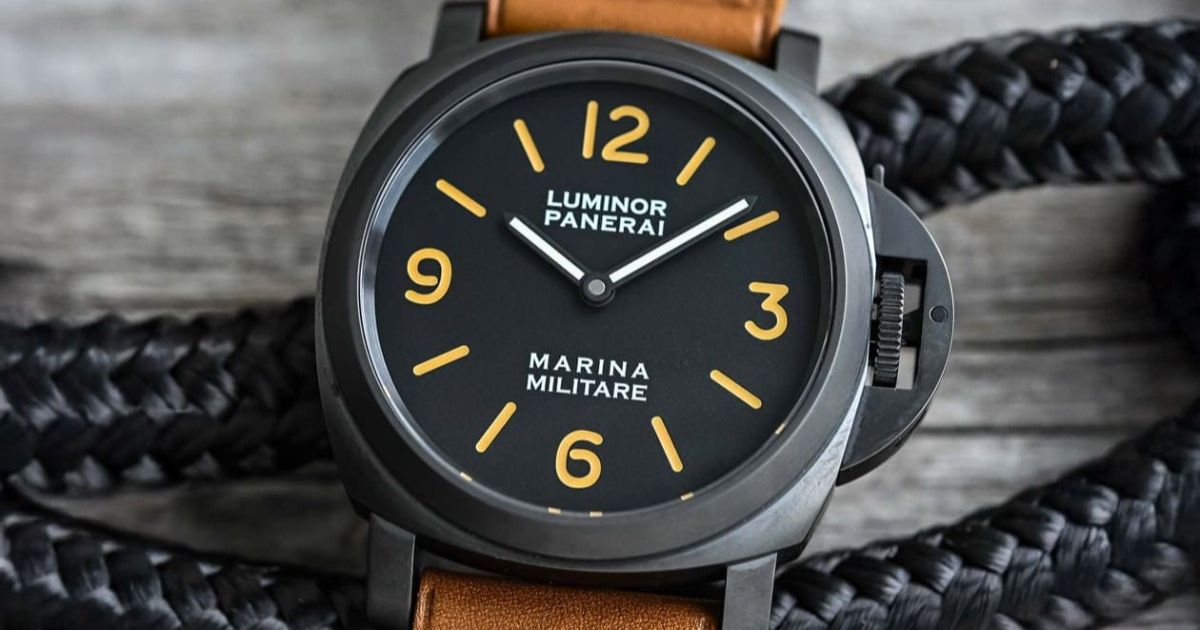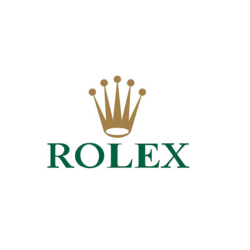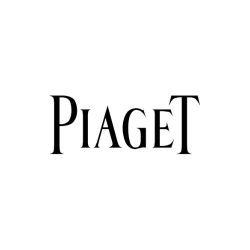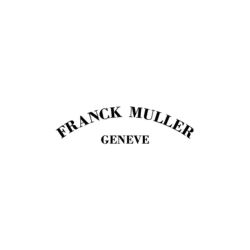Blog
The Secret Origins of Panerai: More Than Just an Italian Brand

If you were to close your eyes and picture a Panerai, what comes to mind? The iconic crown guard? The bold, minimalist sandwich dial? The robust case that seems hewn from a single piece of steel? You’re likely imagining something quintessentially Italian—a watch born from the sun-drenched piazzas of Florence, exuding a passion for design and a maritime sprezzatura.
And you wouldn’t be entirely wrong. Panerai is, today, a proud emblem of Italian horology. But to label it as just an Italian brand is to miss the most fascinating chapter of its story. The true origins of Panerai are a secretive, almost mythical tale of Swiss precision engineered for Italian daring, a story where the fate of a nation’s most elite warriors rested on the reliability of a watch dial.
Let’s rewind the bezel to the beginning.
Florence, 1860: More Than Just a Watch Shop
Our story starts not with wristwatches, but with precision instruments. Giovanni Panerai opened his first workshop on the Ponte alle Grazie in Florence in 1860, christening it “Orologeria Svizzera,” or “Swiss Watchmaking.” It was a boutique, a repair shop, and a technical school, but most importantly, it quickly became the official supplier of precision instruments to the Royal Italian Navy.
This is the first crucial layer: Panerai was not initially a watch manufacturer in the modern sense. They were brilliant innovators and assemblers, taking the best of what was available and making it radically better for an extreme purpose. In the early 20th century, as naval warfare evolved, the Navy needed equipment that could perform in the most demanding conditions—especially for its newly formed, top-secret unit of assault swimmers, the Gamma Men.
These frogmen were conducting night-time raids, attaching explosive charges to enemy ships anchored in heavily defended harbors. They needed tools that were legible in pitch-black water, incredibly robust, and able to withstand immense pressure. The Navy came to Panerai with a problem, and Panerai provided a series of brilliant solutions.
The Swiss Heart in an Italian Body
Here is where the secret lies. To solve the Navy’s problem, Panerai looked north, to the heart of Swiss watchmaking. They sourced high-quality, robust movements from a then-small, family-owned company renowned for its precision and durability: Rolex.
Yes, you read that correctly. The early legendary Panerai watches, the ones that would become the prototypes for every modern model, were powered by Rolex movements and housed in Rolex-made cases. The iconic Ref. 3646, the “Egiziano” (Egyptian), and others used Rolex’s Cortebert calibers, known for their reliability. Panerai even used Rolex’s patented Oyster case design for its water-resistant properties.
But Panerai’s genius was not in making the movement; it was in what they built around it. They took these excellent Swiss foundations and transformed them into something uniquely fit for a military purpose.
Their first, and most famous, innovation was Radiomir. In 1916, Guido Panerai developed a patented luminous substance based on radium zinc sulphide. This paste was incredibly effective, providing unmatched luminosity for the sights on naval instruments and, later, watch dials. This substance gave its name to the first series of diving watches produced for the Navy in 1938.
The design was purely functional, and that’s why it’s so enduring:
- The massive 47mm case was designed to be read easily and to accommodate the large movement.
- The wire lugs were forged from the case metal to withstand extreme stress.
- The minimalist dial with large, luminous numerals and markers was a tool for legibility, not aesthetics.
As the demands of the Gamma Men grew, so did Panerai’s innovations. The Radiomir paste, while brilliant, had a paste-like consistency that could be washed away by water during intense missions. The solution was the Luminor compound, patented in 1949, which was based on the less hazardous tritium. This new compound was more stable, but it required a new case design to protect the crown from being knocked open accidentally underwater.
Thus, the most iconic feature in watchmaking was born: the crown-protecting bridge. This sprung, lever-operated device locks the crown firmly against the case, guaranteeing water resistance. It is a piece of pure, functional genius that became Panerai’s defining visual signature.
The “Dark Ages” and The Modern Renaissance
After the war, Panerai continued to supply the Navy, but its watches remained a closely guarded military secret, unknown to the public. For decades, they faded into obscurity, a ghost of its former self. It wasn’t until the 1990s that the brand was resurrected for the commercial market.
The story goes that Sylvester Stallone, while filming Daylight in Italy, discovered a vintage Panerai in a Roman jeweler and fell in love with its unique presence. He commissioned a limited run of a modern interpretation, the “Slytech” Panerai Luminor, which he gifted to friends and wore in films. This Hollywood endorsement ignited a firestorm of interest among collectors.
In 1997, the Richemont Group acquired the brand, and the modern Panerai as we know it was born. They masterfully leveraged this secretive, military heritage, reintroducing the Luminor and Radiomir models with their historical names and designs. The “sandwich dial,” another historical feature where the luminous layer is sandwiched between two dial plates, was reintroduced for its depth and legibility.
More Than the Sum of Its Parts
So, what is Panerai? It is a brand with a dual soul.
It is Italian in its spirit, its design flair, its connection to the sea, and its history of supplying the brave commandos of the Royal Italian Navy. The passion, the boldness, the emotion of the brand is undeniably Italian.
But it is Swiss in its horological heart. Its foundational technology came from Rolex, and today, its state-of-the-art manufacturing facility in Neuchâtel, Switzerland, produces its own in-house movements, like the renowned P.9000 calibre series, which carry the torch of that initial Swiss precision.
Understanding this duality is key to appreciating Panerai. It is not a contradiction but a synthesis. The brand is a perfect historical artifact: a product of cross-border collaboration where Swiss technical excellence was harnessed by Italian ingenuity to create a tool for heroes. The next time you strap on a Luminor or admire a Radiomir, remember that you’re not just wearing an Italian style icon. You’re wearing a piece of covert military history, a testament to a secret partnership, and a watch born from the absolute necessity of performing flawlessly in the darkest depths.























































